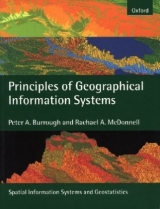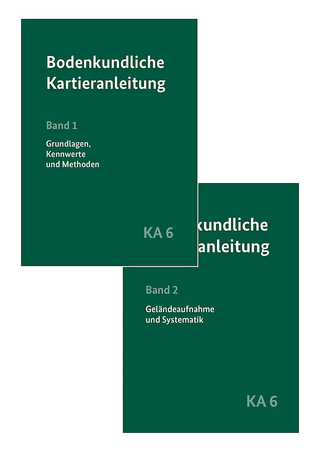
Principles of Geographical Information Systems for Land Resources Assessment
Seiten
1986
Oxford University Press (Verlag)
978-0-19-854592-7 (ISBN)
Oxford University Press (Verlag)
978-0-19-854592-7 (ISBN)
- Titel erscheint in neuer Auflage
- Artikel merken
Zu diesem Artikel existiert eine Nachauflage
Geographical information systems are being increasingly used to record the characteristics of the earth's spatial resources in digital form, replacing paper maps. This book explains the principles of these systems and how to use them.
Geographical information systems are being increasingly used by governmental and non-governmental environmental resource and planning agencies to record the characteristics of the earth's spatial resources - land, water, soil, vegetation, people - in digital form. These digital databases are replacing paper maps as data stores because they permit quick, quantitative analysis of complex spatial data and modelling of proposed spatial policies. Technical information about the principles and applications of geographical information systems is spread over a wide range of disciplines, ranging from cartography to spatial statistics to computer science. This book is one of the first to bring these principles together so that environmental scientists of all kinds, from university students to resource managers, can find out the essentials of these new tools and learn how to use them. It includes extensive lists of references, allowing readers to pursue specialist topics further.
Geographical information systems are being increasingly used by governmental and non-governmental environmental resource and planning agencies to record the characteristics of the earth's spatial resources - land, water, soil, vegetation, people - in digital form. These digital databases are replacing paper maps as data stores because they permit quick, quantitative analysis of complex spatial data and modelling of proposed spatial policies. Technical information about the principles and applications of geographical information systems is spread over a wide range of disciplines, ranging from cartography to spatial statistics to computer science. This book is one of the first to bring these principles together so that environmental scientists of all kinds, from university students to resource managers, can find out the essentials of these new tools and learn how to use them. It includes extensive lists of references, allowing readers to pursue specialist topics further.
Geographical information systems; Data structures for thematic maps; Digital elevation models; Data input, verification, storage, and output; Methods of data analysis and spatial modelling; Data quality, errors, and natural variation: sources of error; Errors arising through processing; The nature of boundaries; Classification methods; Methods of spatial interpolation; Choosing a geographical information system; Appendices; Index.
| Erscheint lt. Verlag | 1.7.1986 |
|---|---|
| Zusatzinfo | Col.ill.121figs.tabs. |
| Verlagsort | Oxford |
| Sprache | englisch |
| Themenwelt | Naturwissenschaften ► Geowissenschaften ► Geografie / Kartografie |
| Weitere Fachgebiete ► Land- / Forstwirtschaft / Fischerei | |
| ISBN-10 | 0-19-854592-4 / 0198545924 |
| ISBN-13 | 978-0-19-854592-7 / 9780198545927 |
| Zustand | Neuware |
| Informationen gemäß Produktsicherheitsverordnung (GPSR) | |
| Haben Sie eine Frage zum Produkt? |
Mehr entdecken
aus dem Bereich
aus dem Bereich
über eine faszinierende Welt zwischen Wasser und Land und warum sie …
Buch | Hardcover (2023)
dtv (Verlag)
24,00 €
Buch | Hardcover (2024)
Schweizerbart'sche, E. (Verlag)
24,00 €
Eine Einführung in die spezielle Mineralogie, Petrologie und …
Buch | Hardcover (2022)
Springer Spektrum (Verlag)
59,99 €



